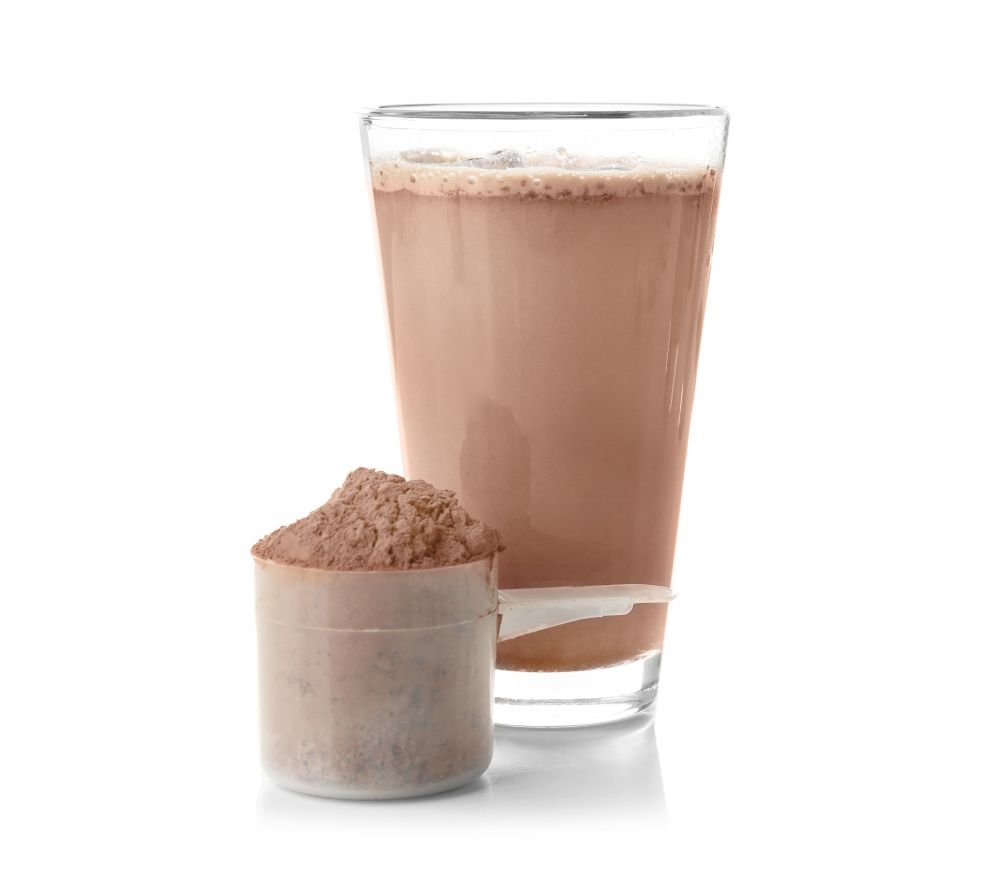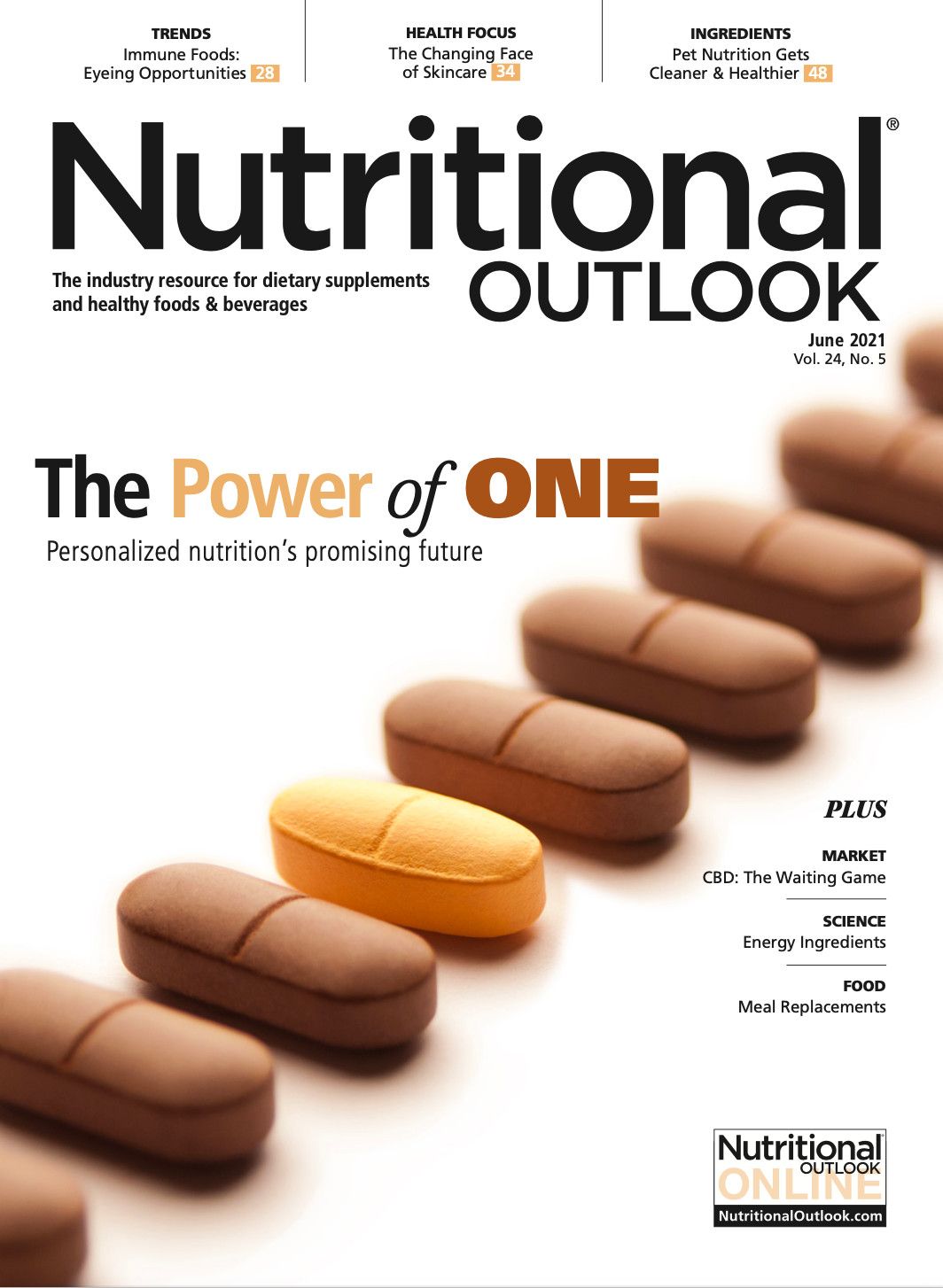Meal replacements: How manufacturers are differentiating their products from other functional foods and powdered supplements
What makes a meal replacement today?
Photo © Africa Studio - Stock.adobe.com

Meal replacements as a category have changed dramatically as consumers began more actively incorporating nutritional supplements such as protein into their daily regimens. What was previously an approach to weight loss became an opportunity to sip a nutrient-rich meal through a straw while catching the bus to work. As Mintel pointed out back in 2016, 39% of surveyed consumers reported using nutritional and performance drinks to replace breakfast, and 58% said they used nutritional and performance drinks as meal replacements.
“For some consumers, it’s now about supplementing their diets with protein, high fiber, and the essential vitamins and minerals they may miss out on should they be unable to sit down for a meal,” says Steven Riley, director of marketing and consumer sales at microbiome-focused firm OptiBiotix Health.
As the concept of meal replacements broadened to include many types of nutrient-dense drinks—including performance, nutritional, and sports drinks—some of the spotlight has moved off of drinks solely focused on weight loss. But no one is thumbing their nose at losing a few pounds. As Riley says, “There is still a major subset that wants to consume meal replacements to control or help with weight loss. Fortunately, many brands are altering their products to ensure they meet these consumer demands by providing quick and nutritious alternatives that reduce hunger cravings.”
Today, the focus of meal replacements appears to be on nutrient density over specific health outcomes. For example, OptiBiotix Health’s GoFigure Meal Replacement Shakes are high in fiber, high in protein, and contain 23 vitamins and minerals. GoFigure also contains 3 grams of SlimBiome, a functional prebiotic ingredient with glucomannan, chicory root fiber, and chromium that helps maintain healthy blood sugar, promote a healthy gut microbiome, and increase satiety to reduce food cravings over time and help with weight management.
The source of nutrients is also important. For example, Paul Tylla, CEO of Phox Foods Inc., originally created his Heal plant-based meal replacement when his wife was diagnosed with ALS and eventually became reliant on feeding tubes, which funneled synthetic ingredients into her body. With the help of Canadian food scientist Stacy Mitchell Doyle, MD, that plant-based formula free of synthetic vitamins and minerals became the product known as Heal. Heal contains 25 grams of protein and 24 vitamins and minerals, with two scoops equaling three to four servings of fruits and vegetables.
“What we are doing with Heal is disrupting the line between food for sick people and food for the health-conscious,” says Tylla. “Heal’s formulation is far superior to a single plant-based protein simply because of all of the value it delivers beyond just a protein source. Bottom line: What we are finding is people who discover Heal who are health-conscious are identifying it as a complete package of nutritional value, and sick people are seeing it as an optimal option to an underrepresented category and community of the sick and elderly.”
It is also worth differentiating meal replacements from protein powders. While someone could choose to substitute a meal with a protein shake, if that shake is not rich with vitamins and minerals, it is not a proper meal replacement.
Are Shakes Still King?
There is no denying the utility of a meal replacement shake. It’s a guilt-free snack and a tool for weight management—but we now live in a world that has no shortage of guilt-free snacks. So, are functional foods such as bars, or even chips, going to overtake shakes in the meal replacement space? Not quite, says Riley.
“When it comes to the future of functional snacks, we know they bring excellent value to the ‘on-the-go’ nutrition market by offering consumers a healthy option to what has previously been convenience at a cost of health. Here, brands should not look to compete with shakes in this space due to their higher nutritional levels,” says Riley. “Instead, they can complement a meal replacement with a functional snack to help boost daily intake of key nutrients like protein and fiber.”
Tylla agrees. “I would certainly say a trend towards healthier on-the-go snacking has opened people’s eyes to the idea of meal replacements being for everyone, not just the sick or the elderly. I would say people are identifying food as more than just ‘healthy’ or ‘calories’ but something that deserves a bit more thinking.”
Interestingly, when it comes to meal replacements, Tylla observes that the category is moving away from ready-to-drink, with more consumers favoring powders which they can mix themselves. “As an example, almost everyone has been introduced to the idea of shaker cups, which in turn displace the need for ready-to-serve for convenience [and] also create a massive reduction in packaging and waste,” says Tylla. “Honestly, I think people are just becoming more aware of what they put in their body and the cost of convenience to them and the environment.”

Prinova acquires Aplinova to further increase its footprint in Latin America
April 7th 2025Prinova has recently announced the acquisition of Brazilian ingredients distributor Aplinova, which is a provider of specialty ingredients for a range of market segments that include food, beverage, supplements, and personal care.




















